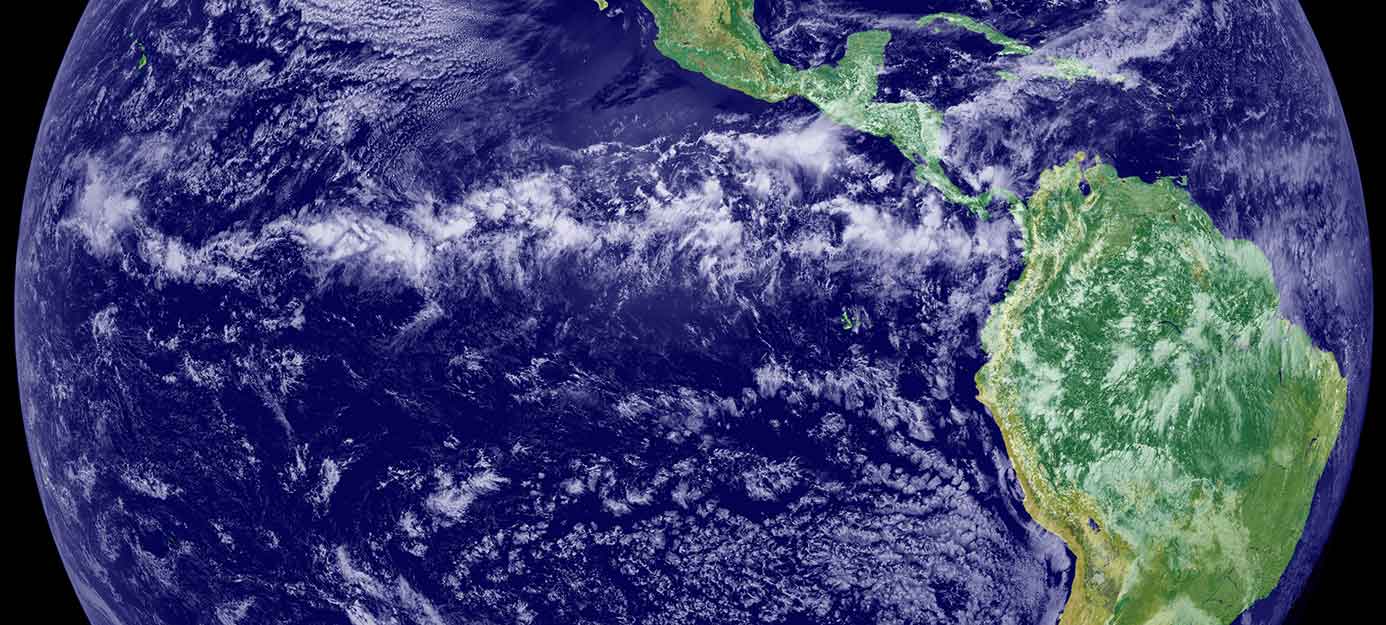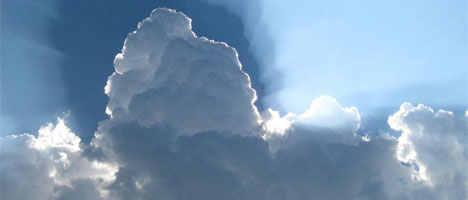Climate Change
Much of the work of the laboratory is directed towards improving projections of climate change on the time scale of decades to centuries based on scenarios of carbon emissions, sulfur emissions, land use changes, and other anthropogenic (human-caused) forcing agents. Closely related work focuses on the attribution of observed climate change to various forcing agents, both anthropogenic and natural.
Arctic Sea Ice Trends and Extremes
Arctic sea ice cover has declined sharply over the past three decades according to satellite observations. This change has many impacts on Arctic ecosystems and human operations in the Arctic Ocean. Climate models also show a decline, but have difficulty accounting for the magnitude of the observed changes. The same anthropogenic forcings that are involved in global warming are implicated, but natural variability may also play a role. Distinguishing these factors is important for predicting the future of the Arctic ice because anthropogenic warming is expected to continue increasing, further diminishing the ice cover, but natural variability influences will not persist.
Hydrological Cycle and Atmospheric Circulation

As climate changes, warming of the atmosphere will influence the hydrological cycle and atmospheric circulation in ways that could potentially have profound impacts on water resources around the globe. Work at GFDL over the past decade has improved our understanding of how circulation changes and changes in both precipitation and evaporation, particularly over land, are interrelated.
Future Carbon Uptake
The ability of the land and ocean to take up carbon dioxide released to the atmosphere from human activities is a profound but limited environmental service with respect to stabilizing climate. In the ocean, this carbon uptake leads to acidification, a key aspect of global biogeochemical change. The mechanisms that drive the cycling of carbon through the ocean-land-atmosphere system are key to understanding both the functioning of the earth as a system and the scope of our impact on climate. Quantifying the degree to which the land and ocean have absorbed this added carbon in the past and projecting how they will do so in the future is an important part of GFDL’s mission to project future climate as part of NOAA’s climate understanding and stewardship mandates.
Transient and Equilibrium Climate Sensitivity

Projections of the severity of anthropogenic climate change are strongly dependent on our estimates of climate sensitivity, traditionally defined as the average warming at the Earth’s surface due to a doubling of the carbon dioxide from pre-industrial levels. This importance arises not simply because the mean temperature change directly causes all of the impacts of major concern, but because many other effects of climate change are predicted to increase in severity with larger warming.
Climate Change and the Hydrologic Cycle
As climate changes, so too does the movement of water through land, oceans, and atmosphere. Consequently, climate change undermines the commonly-held notion that past behavior of elements of our water supply – rivers, floods, droughts – provides us with statistics directly transferable applicable to the future. As changing climate alters the behavior of water, climate science is called upon to provide information about the future of the water cycle. Climate-change research at GFDL addresses this need.


